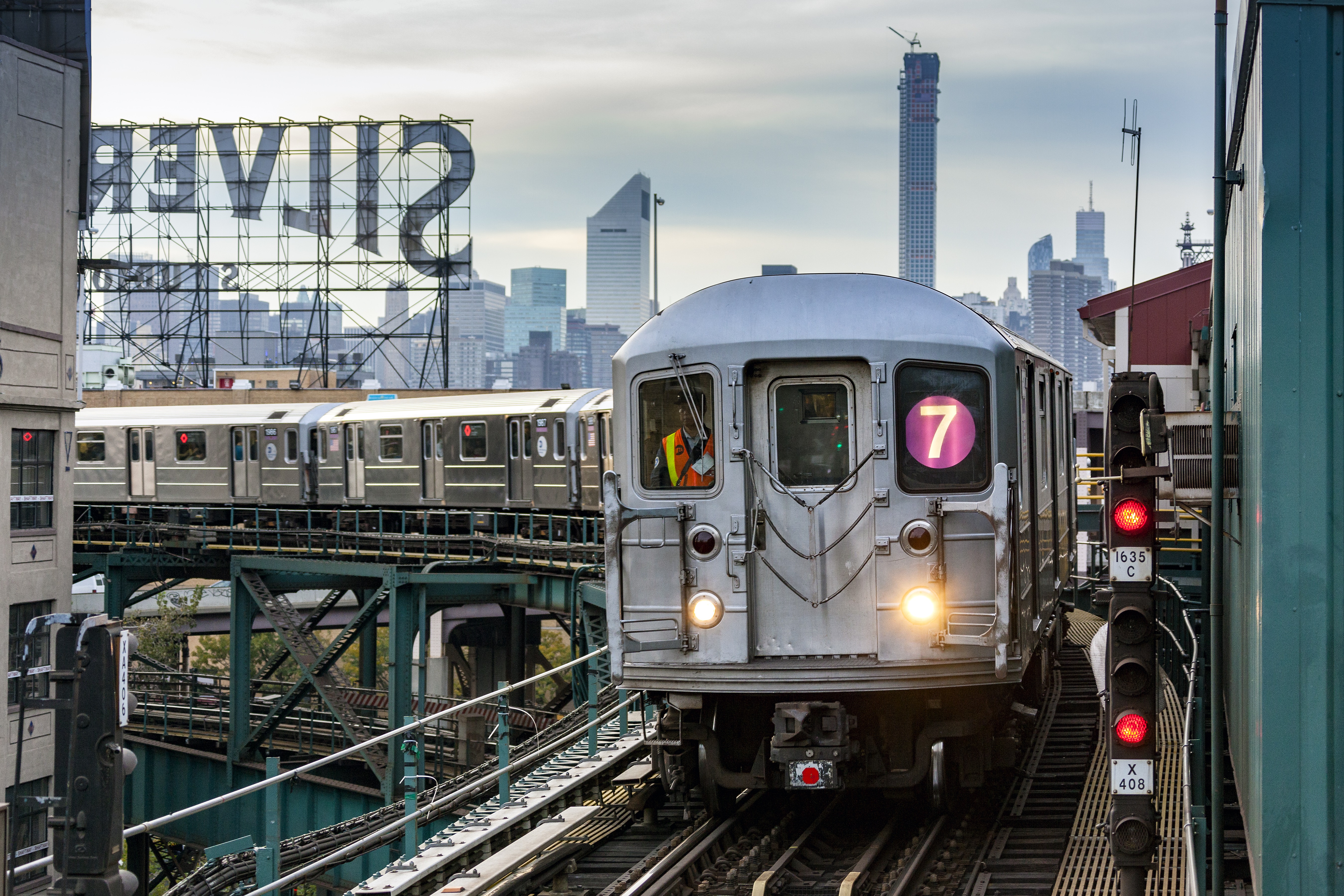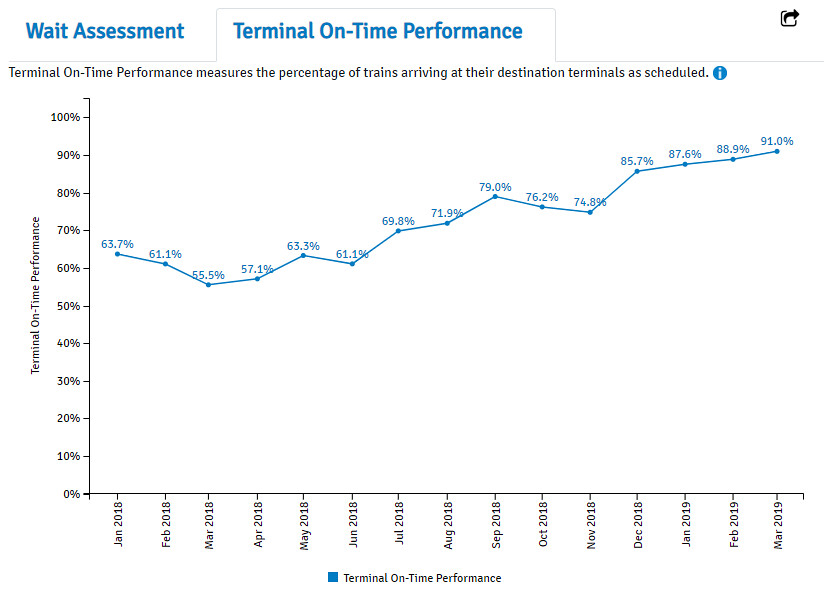
iStock
May 10, 2019 By Christian Murray
The MTA announced yesterday that it has completed another technological upgrade to the 7 line that it believes will result in faster and more reliable service.
The latest upgrade, called “Automatic Train Operation,” will see trains programmed to a provide optimal cruising speeds, acceleration and braking that will lead to evenly spaced service and smoother, faster trips, according to the MTA.
Operators will continue to instruct the train to depart a station, make sure that tracks are clear throughout the ride, and control emergency braking in the case of obstacles.
The 7 line is now the second train line to have the technology, after the L. All other lines rely on operators to control a train’s acceleration, cruising speed and braking.
“I am tremendously proud and excited to announce that New York City Transit train operators are now running the entire Flushing Line using automatic train operation, which will make trips smoother and faster for all our customers on that line” said NYC Transit President Andy Byford in a statement.
The latest 7-train upgrade comes just months after the completion of the signaling system called Communications Based Train Control (CBTC), which the MTA says has already led to dramatic increases in on-time performance and other metrics associated with good service.
The MTA said that service on the 7 train has undergone a dramatic improvement since CBTC was installed in December 2018.
The agency said that on-time performance numbers have gone from 75 percent the month before CBTC was installed to 91 percent in March 2019. A year ago, in March 2018, on-time performance was at 56 percent.
The number of trains per hour on the line during peak hour has gone up to 29, from 25-27, providing service for an additional 2,400 to 4,800 people per hour.
The MTA said that the L train, which has the CBTC system, and the 7 train have the best performance in the system.
“It’s no coincidence that the two lines with CBTC and ATO have the best performance in the system, and we’re excited about what the future may bring as we explore emerging additional technologies such as ultra-wideband communications, which could revolutionize the way we modernize the system, as envisaged by our Fast Forward plan.”

Courtesy of MTA
9 Comments

Interesting that lately the 7 train is overshooting the stations, by as much as an entire car length. Great improvements.
It’s honestly laughable anytime the MTA announces upgrades to the system like this. Let’s take a look at part of what one of Andy Byford’s previous employers, Transport for London, has done with their system over the past decade or so. All the lines already have safety systems for years that the MTA intends to implement sometime in the next 20 years. The entire system has substantially less delays than the MTA. You can go to London today and pay for any mode of transportation in the system (Tube, Overground, DLR, Bus) using a touchless credit or debit card only. You don’t even need to buy an Oyster Card anymore, the London version of a Metro Card. There are also daily and weekly fare caps so you only get charged up to the cap if you ride often. Thameslink, the rough equivalent to the LIRR also utilizes turnstiles and payment by touchless credit or debit. The idea of a guy punching paper tickets like the LIRR is antiquated and absurd. They also run 4-5 trains per hour most places so you could easily live 60 miles from Central London and still be at work in less than an hour almost anytime (aside from late late night). Sadly not even a tenth of any of this will ever happen while Byford is running MTA, because the MTA exists in a culture of mediocrity and graft. This is the cumulative effect of 50 plus years of people crafting labor contracts so they can work exclusively at not working.
London has the most expensive public transport system in the world, and the average monthly cost for commuters is significantly higher than it is for New Yorkers. So although it has more conveniences, is cleaner and does some things better than the MTA, it’s not all that hot either.
I may be the only one but appreciate the 7 train! Thanks getting me to work every day.
Poorly timed article – the manhattan bound trains were a mess this morning. Had to wait for 4 trains to pass before I could squeeze on at V/J. I hope that this was just a result of the first true test of the ATO and not something we can expect to see moving forward with this new technology in place.
if I were the MTA , I would shut UP !!!!! let it work after a year and then maybe tout it. The fact that they have so little going for them (MTA) with overtime and turnstile jumping, filth, overcrowding etc.. they make a BIG DEAL out of this.
Hold the applause, MTA. I’ll be “excited about what the future may bring” when we have a truly clean, modern and efficient subway system befitting the largest city in the United States.
That will never happen. The MTA is too inept and corrupt to ever provide a “world class” subway system.
> It’s no coincidence that the two lines with CBTC and ATO have the best performance in the system
They also chose the 2 lines that have no inter-dependencies on other lines to start with, so it’s possible that is also a contributing factor.